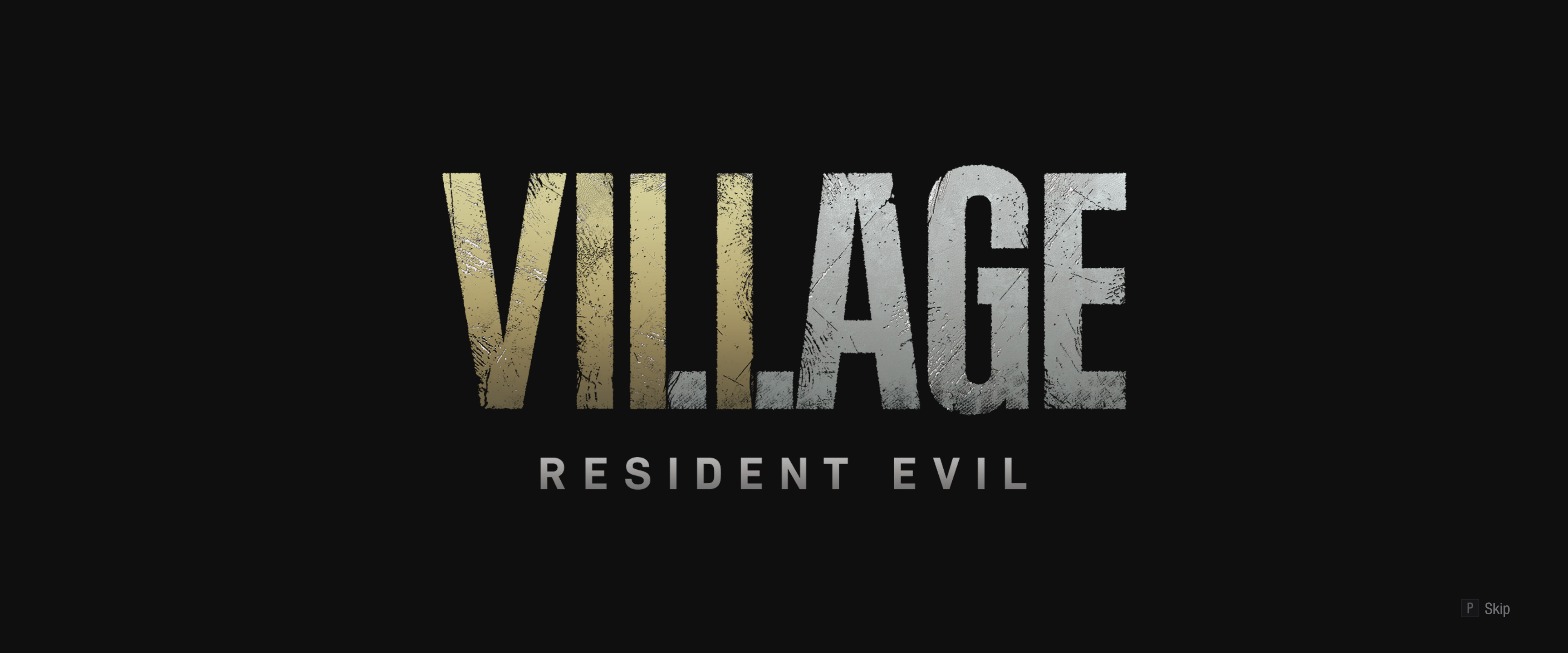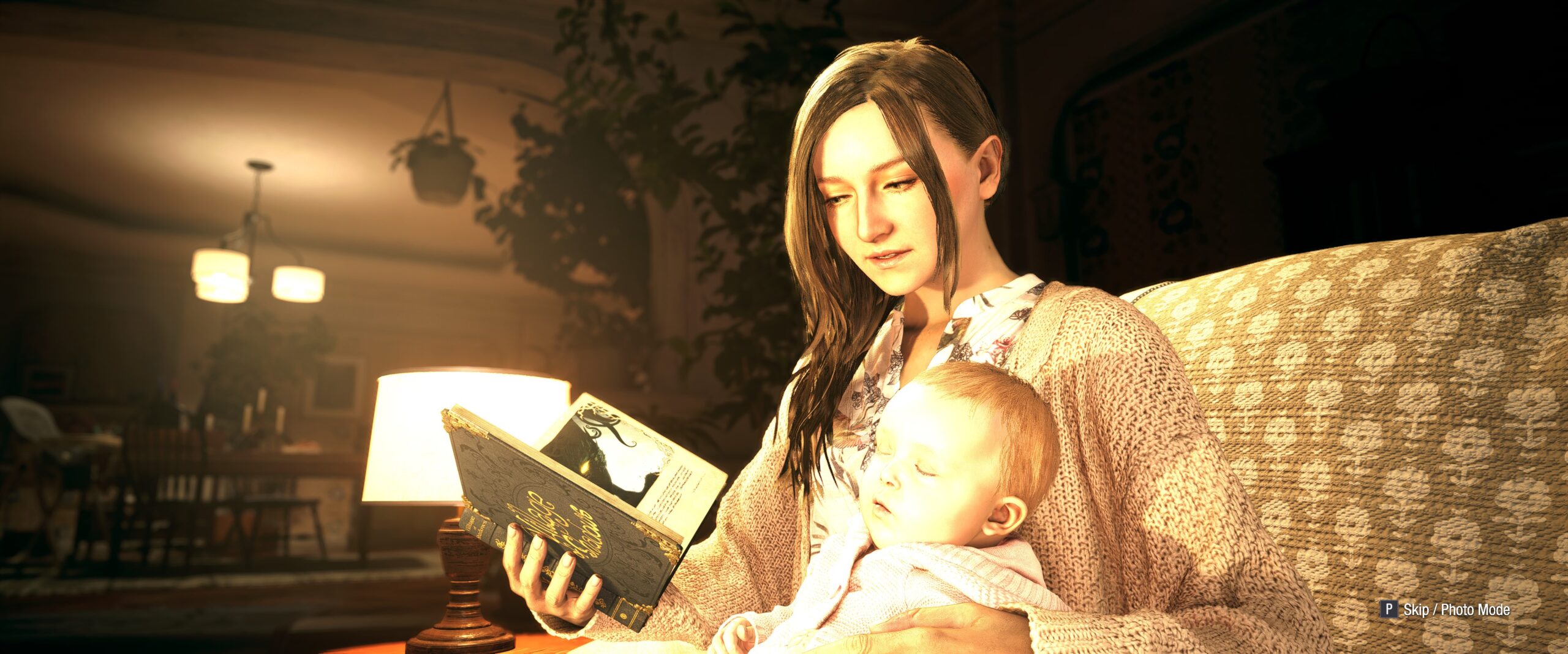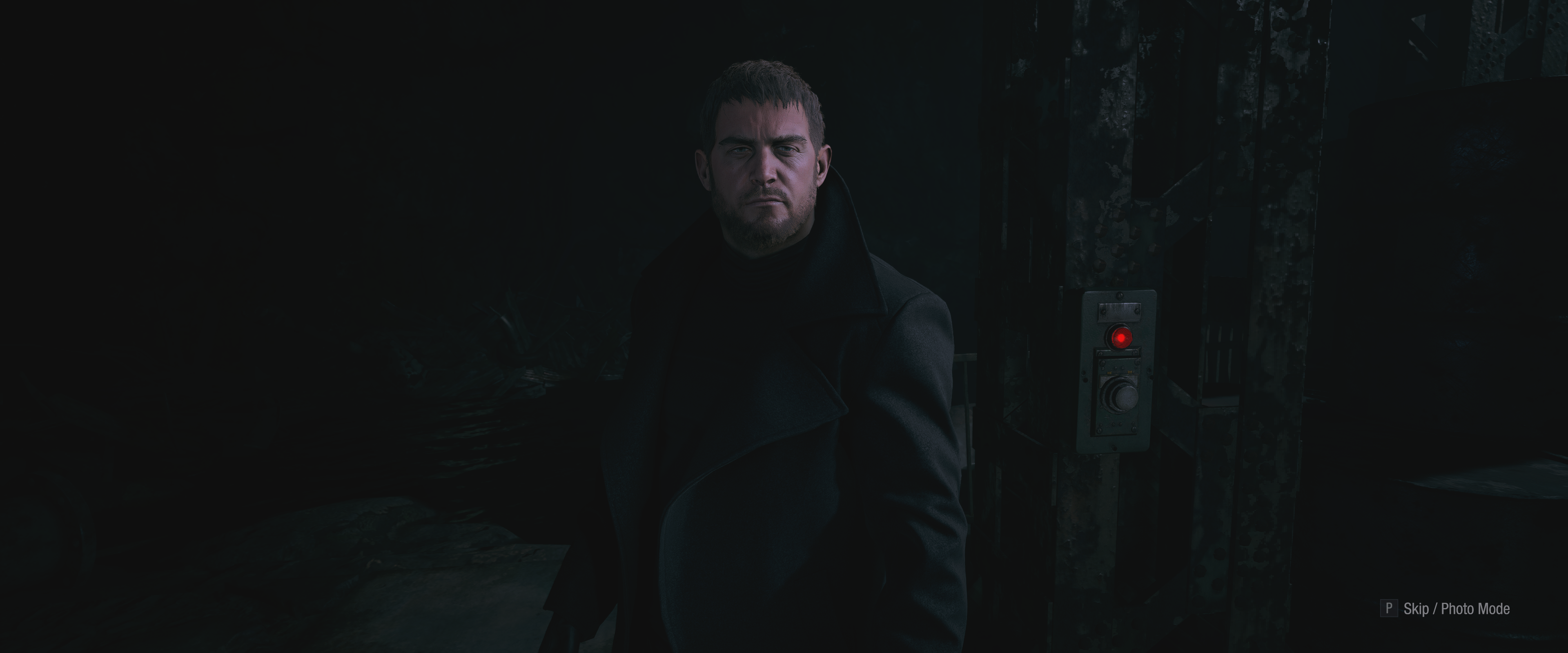So one of the reasons that I continue these reviews is mostly to give myself a check on how I’m feeling about a game now vs when I was actually playing it. I’ve found that, over time, my views of games tend to drift a good ways away from what I originally thought, quite often due to relaxing my low information diet on games once I’ve completed them and written the review. Case in point, going into the new Resident Evil I wasn’t particularly enthused, thinking I was likely in for a slog fest like I was with the previous Resident Evil 3 remake. However looking back at my review I had no such inclinations back then, saying that whilst I might not have enjoyed this instalment I was still very much looking forward to the future of the series. Whilst Resident Evil Village might not shake up the formula too much from it’s direct predecessor it’s enough for me to want more from the IP, even to the point where I toyed with doing another playthrough or two.

Set some 3 years after the events that took place in the original Resident Evil Village sees you, Ethan Winters, and your wife Mia living a happy life in Europe with your first child Rose. You were moved there under the protection of the Umbrella Corporation, your saviour from the last game Chris Redfield ensuring that you were well prepared should anything else happen. However after many years of peace Chris Redfield and his team break down your front door and storm your house, ruthlessly killing Mia in front of you and taking Rose away from you. Without an explanation you’re dragged into the back of a van to be taken away, only for that van to crash outside an old village before it could arrive. This begins your journey to get Rose back and, hopefully, avenge Mia’s death.
With the power of a new rig and ultrawide monitor I had high hopes for how the RE Engine would look and, unfortunately, it didn’t really live up to my expectations. It’s pretty clear that this is a cross-gen title that has had some aspects held back to ensure that previous generation platforms can keep up; notably with a lack of fidelity with certain things (like hair) and some texturing work. Still I feel that this kind of half a step behind graphics is something that the series is kind of known for at this point and honestly seems to be something of an aesthetic choice. Indeed with this title opting to be more of an open world styled game (in both gameplay and visuals) it makes sense to keep the graphics down a notch or two to ensure more people can play it. Can’t say I’m not slightly disappointed in not being able to stretch my rig’s legs to fullest yet, however.

Village follows the main tropes of Biohazard pretty closely, although it does (re)introduce some mechanics that mix in well with the new style that Capcom has decided to go for. This is still a FPS game and all the same combat mechanics still apply with the exception that now you’ll 100% know when a zombie is dead as they’ll be dropping loot every time. There’s now a vendor as well, someone who functions both as a core mechanic and a key part of the narrative. The game is also much more open than it was before and you will absolutely be back tracking through the main area multiple times over in order to unlock everything. For those that really enjoy the game there’s also some incredible replayability mechanics added in, most of which can only be unlocked by, funnily enough, completing the game multiple times. All in all Village represents a big step up in ambition from Capcom for the series and, for the most part, they get there.
Combat is still as nerve-racking as it ever was with your limited resource pool that will be constantly drained by numerous zombies, monsters and other game mechanics. There is however a distinct power curve that you’ll climb and, towards the end, you’ll find yourself very well equipped to deal with most threats that come your way. That’s not to say the game gets easier as it goes along, far from it, more that later in the game you’ll have more options available to you and the increased threat just becomes a puzzle of figuring out how to get past it whilst using as little of your resources as possible. I do have to say though that some of the later combat engagements (you’ll know which when you get to them) are the kind of treat that developers of survival horror games should give all of their players as it makes all that suffering just oh so worth it.

The trade and crafting systems are an interesting addition, basically giving you a bit more granular control over how you play the game. It also speaks to the game’s want to incorporate more open world mechanics as before exploration was relatively limited in its rewards, often only netting a handful more bullets or something equally as pitiful. Now though there’s a lot more to be had should you want to spend the time looking for it and, to the developer’s credit, the game will try to gently push you in the right direction to track down certain higher tier loot that can make an appreciable difference to your playthrough.
The game’s pacing is also well thought out, even if they use the same standard tropes again to prevent you from lingering too long in a particular area (I.E. big bad that you can’t kill chasing you around the place). The map system of colouring areas based on whether or not you’ve cleaned an area out is extremely helpful as well, especially given the much grander scope that this game has from its predecessors. There were still times when I got stuck though and of course old mate Google was really the only solution at that point. They were the exception and not the rule though thankfully.

Like any large release Village had some issues present at launch, not least of which was some random performance issues when you had ray tracing enabled. I’m not exactly sure what was causing it but there were certain sections, and it was most certainly the sections themselves as if I moved back out of them the problem went away instantly, that would just send the performance right into the toilet. I was mostly able to get through it however there was one point where it didn’t get any better after I got to a new section and, after troubleshooting numerous options, ray tracing was the culprit. I’m sure this will be patched eventually, but it was a game breaking issue at some points. There were also the usual array of glitches like bosses hitting you through walls and whatnot, but they’re nothing a patch or two won’t fix. Hopefully the ray tracing thing gets fixed soon, given that it’s pretty much a standard feature that most gamers will have these days.
The story took a good long while to grab me with the first few hours feeling like a real slog just to get through what felt like the introductory parts before we got to the real setup. After a while things start to pick up a bit more and the last few hours bring everything back home really well. I don’t want to spoil anything but this is one of the few times that I don’t mind the game screaming about a sequel as, if it does go the way I hope it does, we could be in for a very different kind of Resident Evil game in the future.

Resident Evil Village feels like a return to form for Capcom, shedding the repetitive shackles of the remake for something that’s new and builds off the momentum they created with Biohazard. The introduction of some new mechanics and a more open world shake up the main experience enough to make it feel fresh again. There’s a few core issues that need to be addressed to make the experience a bit more seamless but, given it’s releasing on so many platforms all at once it’s commendable that it’s as solid as it is right now. The story might not be anything to write home about but, should it make good on the promises it makes at its conclusion, then it will most certainly be well worth it.
Rating: 8.5/10
Resident Evil Village is available on PC, PlayStation 4, PlayStation 5, Xbox One, Xbox Series X/S and Stadia right now for $89.95. Game was played on the PC with a total of 10.2 hours playtime with 44% of the achievements unlocked.



